September 2, 2025 • 16 min read
Omnichannel Customer Engagement: Complete Implementation Guide

Content Writer
September 2, 2025

Omnichannel customer engagement is one of the powerful tools for businesses looking to thrive in the digital and physical marketplace. Organizations boasting world-class omnichannel engagement say they keep 89% of customers versus those companies with subpar engagement who showed average consumer retention rates of just a third.[*] To make this short and sweet, studies show omnichannel marketing can increase sales by a whopping 287%.[*]
The stakes have never been higher for getting this right. 73% of retail consumers say they dabble between many channels while shopping. Over 75% of consumers point out that they need seamless omnichannel experiences while shopping, with some saying they use at least 3 channels when buying.[*] It’s a shame that some businesses still treat their channels as separate entities and miss out on sales and customers.
Our guide will show you ways to build an omnichannel engagement strategy that takes your disconnected touchpoints and makes them into a unified revenue funnel of a customer journey.
What Is Omnichannel Customer Engagement?
Omnichannel customer engagement is simple: it's the formation of a unified CX experience in which customers intersect with your brand with no hiccups across their preferred channels. This is done in a way that maintains context, accounting for preferences and conversation history. Traditional approaches treat each channel separately versus the more powerful omnichannel engagement which will recognize the untenable truth that customers don't think in channels but believe in experiences.
Omnichannel vs. Multichannel Customer Engagement: What’s the Difference?
Multichannel customer engagement, at the core of it all, is just being present and available throughout several channels. It is constructed on strong parallel conversations happening across the landscapes that make up your businesses' domain. Whether that encompasses just a website or your social media presence to your armada of brick-and-mortar stores, these are all separate entities with their own data, message, and customer experience that need to talk to each other but don’t until you consider omnichannel engagement.
Omnichannel engagement is the key to bringing these channels under one roof. When a shopper moves from browsing your site to stepping into your store, your staff already knows their preferences, history, and current interests. This approach is yielding 89% shopper retention rates for retailers that have strong omnichannel engagement, compared with significantly lower ones for firms that are treating channels as isolated touchpoints.[*]
| Multichannel | Omnichannel | |
|---|---|---|
| Channel Integration | Each channel operates in its own silo with separate processes, inventory, and customer data | All channels share real-time data, inventory, and customer information through centralized systems |
| Customer Experience | Customer must adapt to each channel's unique interface and restart their journey when switching | Seamless transitions between channels - start shopping on phone, continue on laptop, complete in store |
| Data & Customer View | Fragmented data creates multiple customer profiles (one for online, one for in-store, etc.) | Single 360-degree customer profile accessible from any touchpoint, showing complete interaction history |
| Personalization | Limited to data from individual channel - email knows email behavior, store knows store purchases | Full-context personalization using entire customer history - store associates see online browsing, emails reflect in-store purchases |
| Implementation Complexity | Easier to launch - add new channels independently without complex integration requirements | Requires significant upfront investment in unified platforms, APIs, and cross-channel integration technology |
| Business Focus | Channel-centric approach optimizing each platform separately for its own metrics and goals | Customer-centric approach where all channels collaborate to optimize the overall customer journey |
| Best For | Businesses starting their digital transformation, limited budgets, or those with distinct customer segments per channel | Established businesses with diverse customer touchpoints, retailers with both online/offline presence, companies prioritizing customer lifetime value |
Key Benefits of Omnichannel Customer Engagement
The following are some of the driving factors as to why major organizations take the time to invest in building omnichannel customer engagement platforms.
Revenue and Growth Impact
Omnichannel customer experience drives up average revenue per sale considerably, and the impact is even stronger as businesses enhance their integration. The revenue benefits are three-dimensional: multichannel customers spend more on a single purchase, purchase more often, and have higher conversion rates when they can move between touch points easily in their buying cycle.
Cross-channel strategies have amplification effects where investments in one of the channels pay off in the entire customer system. Physical and digital customer experience channels support one another rather than vying for customers' attention.
Customer Value and Retention
Omnichannel consumers demonstrate significantly higher lifetime value to brands than people who purchase through one channel only, and are thus your most loyal customer base. The retention benefits are equally astounding, with omnichannel strategies improving purchase rates by 287%.[*]
These customers forge deeper emotional connections with brands that remember their decisions and simplify interactions across touchpoints. Convenience creates switching costs. Committed customers to your omnichannel experience are less likely to start again with your competition who deliver fractured interactions.
Operational Benefits
Omnichannel interaction streamlines processes by eliminating redundant data entry, reducing the time agents spend gathering customer context, and enabling efficient resource allocation across channels. Organizations with excellent omnichannel engagement achieve dramatic cost per contact savings, with agents closing issues earlier using complete visibility into customers.

Centralized customer data eliminates the productivity drain of switching between systems and reduces errors that come from conflicting information. There are value-added activities that teams can focus on rather than administrative ones.
Customer Experience and Satisfaction
Seamless channel switching eliminates friction points that have traditionally resulted in customer abandonment, while real-time interactions based on complete customer history enable more relevant, valuable experiences. 62% of consumers expect an integrated brand experience across purchase channels or devices.[*]
The consistency factor creates trust. When customers are treated the same way and get correct information however they reach out to you, they have confidence in the consistency of your brand.
Building Your Omnichannel Engagement Strategy: 6 Essential Steps
The following six steps are fundamental steps you can take today to fortify and create an omnichannel engagement strategy that elevates your CX while increasing the bottom line.
Step 1: Centralize Customer Data
Begin with the implementation of a Customer Data Platform (CDP) to create a singular and certain source of truth for customer data. Your CDP should unify data from all touchpoints like your website, mobile app, physical store POS systems, call center interactions, email marketing, and social media interactions. Instantaneous synching of data ensures that customer interactions are visible throughout all systems and teams.
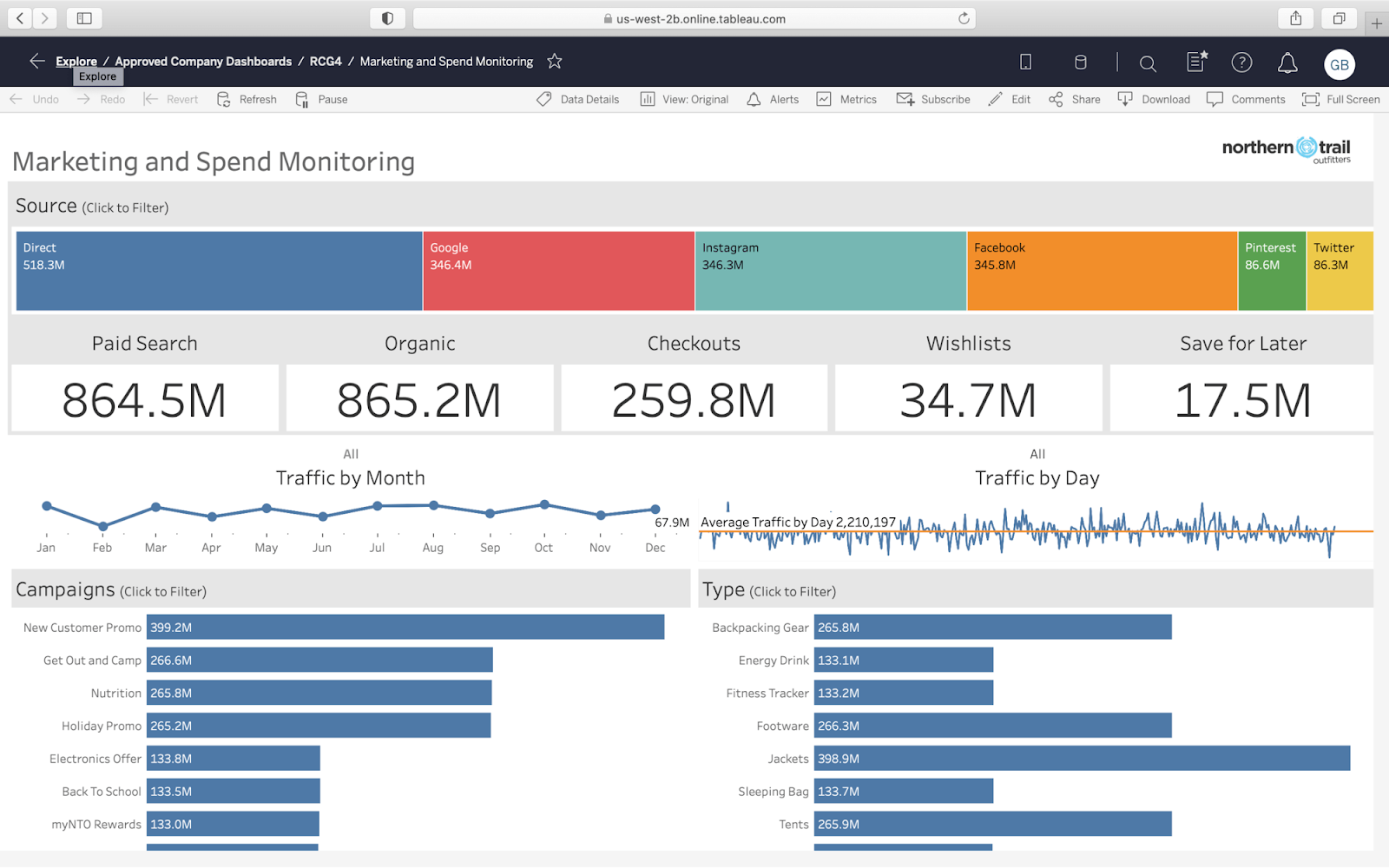
Your other prerogative is comprehensive customer profiles which work to combine behavioral data (imagine website visits and purchase history), transactional data (think order amounts and payment methods). Another element it handles is preference data (communication channels, product categories, service requirements). Access needs to be the top priority and tenet for your customer-facing teams including sales, marketing, customer service, and in-store staff.
Step 2: Map Customer Journeys Across Channels
Map out and color in all the touchpoints your customers use to interact with your brand. These points start at awareness all the way out to advocacy and repeat purchases. Different customer segments should be noted as customers do prefer to move between channels, sometimes as they research about you online but also as they move towards a purchase in-store. Sometimes customers will browse in-store but purchase online for home delivery. Knowing your funnels is key.
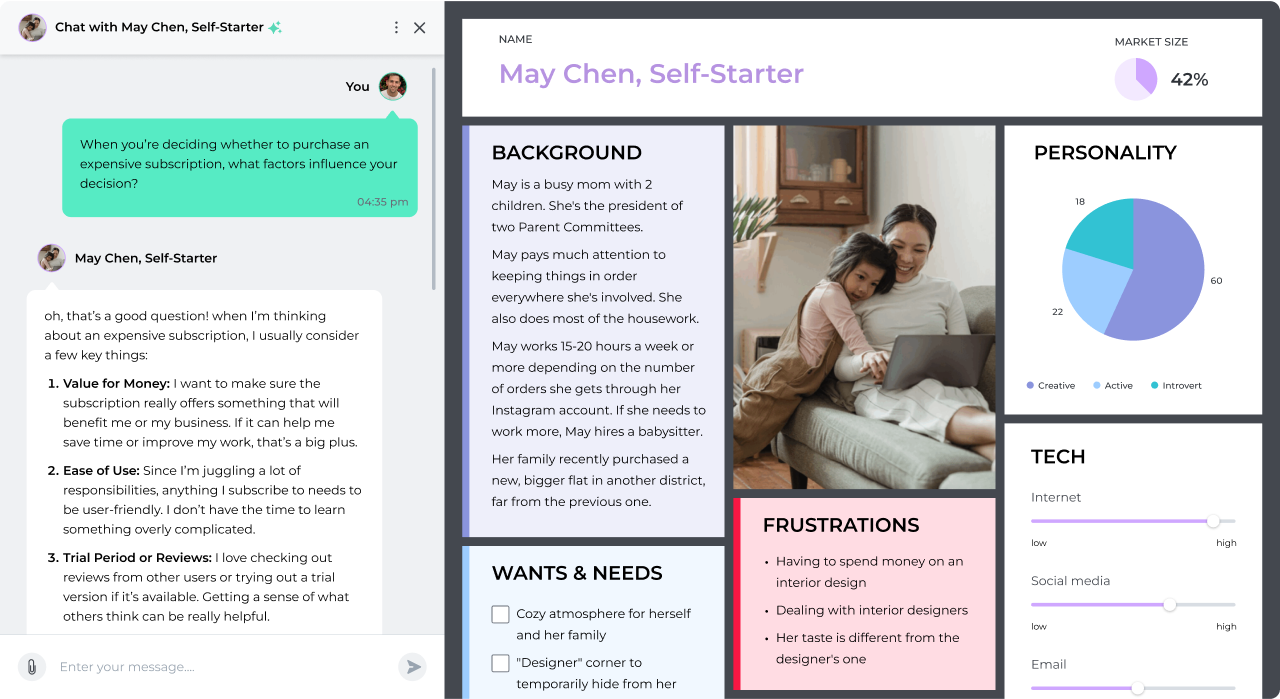
Determine points of friction where customers drop off their journey or switch channels due to poor experiences. Since 73% of consumers use more than one channel in their shopping experience, it is necessary to know these transition points to get the overall experience optimized.[*] Optimizing your customer experience is more important than ever. Track the number of touchpoints per customer journey on average (consumers interact with brands at an average of six touchpoints).[*]
Step 3: Ensure Channel Integration and Consistency
Build robust API integrations among all customer systems for real-time information sharing. Employ single inventory management indicative of actual product availability across channels to prevent overselling and customer disappointment. Maintain consistent pricing and promotion across touchpoints, with automated systems syncing changes in real time across channels.
One big feature we recommend is using cart persistence so customers add in products on one device and check out on another. A consistent voice and brand that reaches across all facets of your messaging as well as visually forming a true identity across all touchpoints make up the foundations of your integrated brand experience. Unify loyalty programs across all channels so that customers can earn and redeem points through any touchpoint.
Step 4: Personalize Across All Touchpoints
Being able to take your rich unified customer data to create relevant product recommendations, content, and offers is a must. This type of personalization is based on the whole interaction history of each customer and looks beyond just how they're doing things on a single channel today. Employ behavior triggers to launch contextually pertinent messages based on cross-channel behavior, such as following up on abandoned carts wherever they were created.
Maintain conversation history across channels so that customers never have to reiterate information or resume a conversation when they switch touchpoints.
Step 5: Enable Seamless Channel Switching
Implement mechanisms that maintain shopping carts as well as wishlists across channels in order to enable customers to start shopping on mobile, continue on desktop, and complete the purchase in-store if they want. Enable order modifications regardless of the original purchase channel. Customers should be able to change delivery addresses, cancel items, or update quantities through any touchpoint.
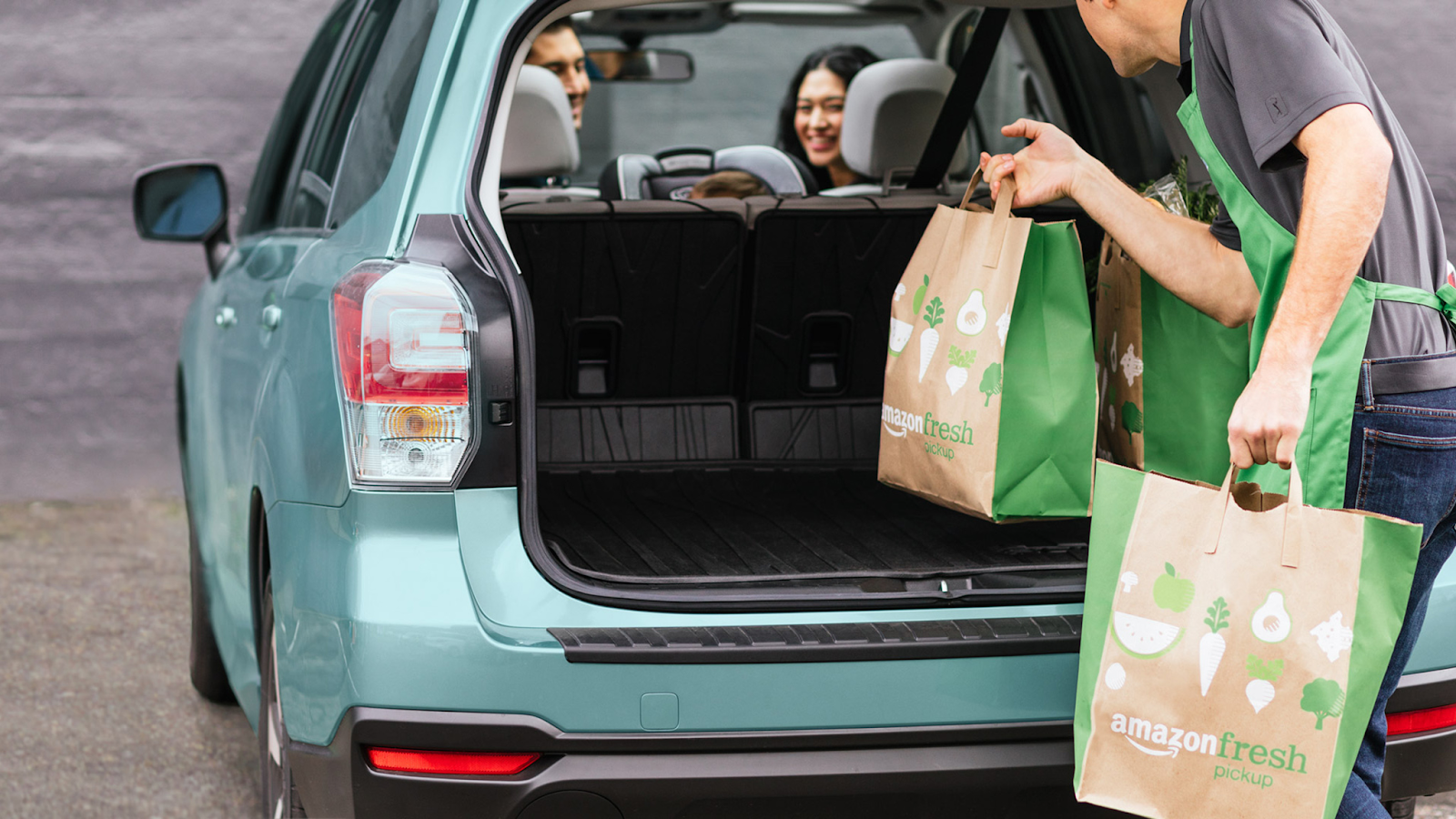
Provide true channel-agnostic customer service where agents can help with any inquiry independent of the customer's favored communication method.
Step 6: Deploy the Right Technology Stack
Your technology stack needs to have a Customer Data Platform for data unification, omnichannel marketing automation platform for coordinated campaigns, integrated POS and e-commerce systems for order and inventory management, cross-channel analytics for performance measurement, and a single communication platform for omnichannel customer service.
Begin with your highest-volume channels for maximum impact and potential for learning. Put customer-facing systems first since these directly affect the quality of experience. Design scalability from the beginning.
Channel-Specific Optimization Strategies
Success is in how naturally customers use each channel and removing points of friction that cause difficulty in smooth transitions between them. The objective is not to standardize all channels, but to enable them to complement each other well while adhering to overall brand standards. We have a few recommendations below:
Digital Channels
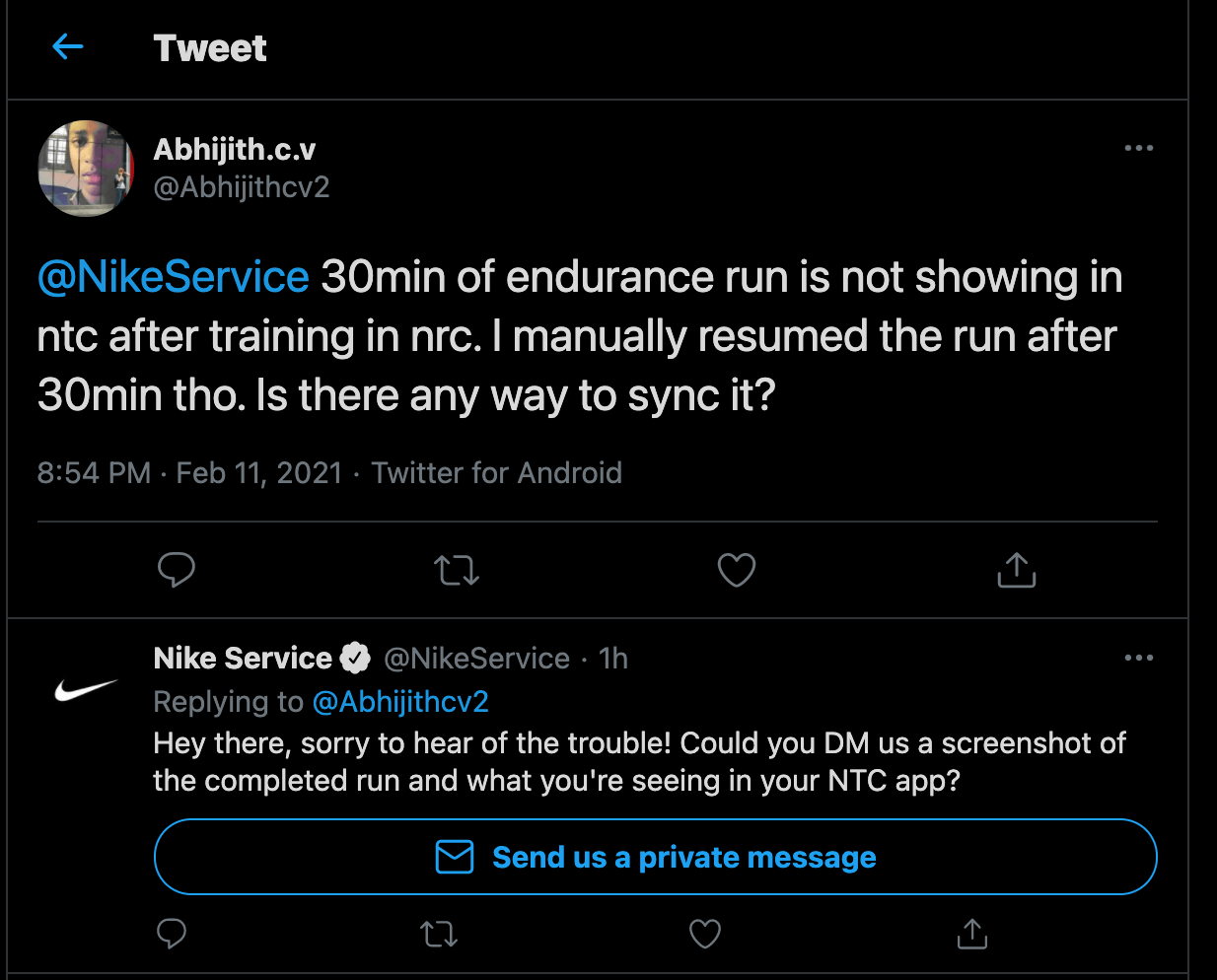
Your digital channels are often the first impression you make to prospective customers particularly those who do research before they commit to even visiting your store, we have a few suggestions below:
- Website: Implement responsive design that works flawlessly on all devices, maintain persistent shopping carts that keep customer selections between visits, and incorporate store locator functionality that gives real-time local store stock availability.
- Mobile App: Utilize push notifications for personalized offers and order status, employ location-based services for in-store offers and store information, and support mobile payment options like digital wallets.
- Email: Enable and send out behavioral campaigns based on cross-channel behavior, send cart recovery sequences with products regardless of where they were added, and create personalized content recommendations from complete customer purchase and browse history across channels.
- SMS: Focus on time-sensitive communications like order confirmations, shipping notifications, appointment reminders, and flash sale notifications.
- Social Media: Provide customer service through social channels with agents who can view complete customer histories and add social commerce capabilities integrated with your main e-commerce platform.
Physical Channels
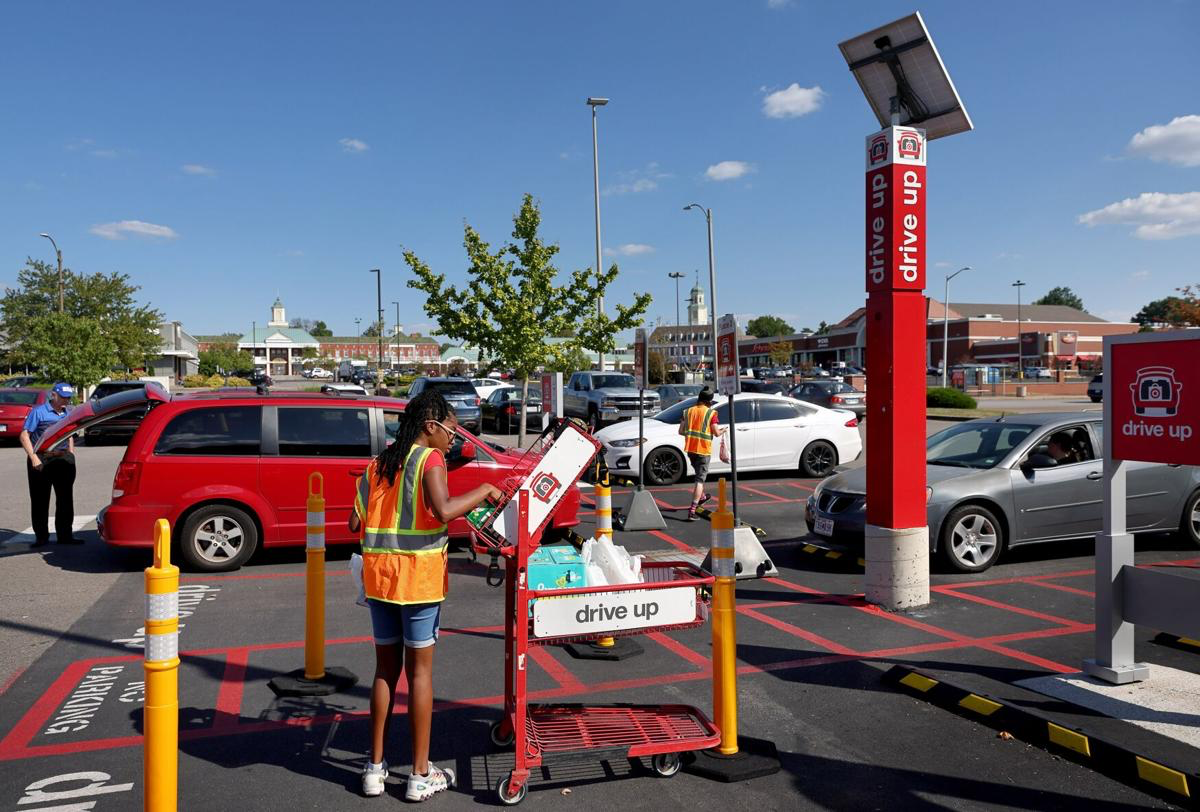
Customers transcend the digital and enter the physical world when it comes to making purchases as things like buy online, pick up in store become less niceties and more necessary must-haves:
- In-Store: Equip associates with mobile devices that access complete customer profiles and purchase histories, implement mobile POS systems that can ring up purchases anywhere in the store, and create "endless aisle" capabilities that enable customers to order out-of-stock merchandise for home delivery or store pickup. Your retail customer experience strategy may need a whole revamp.
- Call Center: Integrate telephone systems with your CRM system so that agents see complete customer interaction history before taking calls, train agents on customer channel preference and previous issues.
- Curbside/BOPIS: Give real-time inventory accuracy to prevent disappointing customers, have automated notice systems that keep customers informed about order status.
Measuring Your Omnichannel Engagement Performance
Effective measurement of omnichannel engagement means looking past standard definitions and looking towards unilateral data.. Unlike single-channel measurements, omnichannel analytics are able to capture how customer behavior and business results change when touchpoints blend seamlessly together.
Key Performance Metrics
There are three major metric categories to keep track of in order to measure your performance in terms of omnichannel engagement strategies:
- Customer Metrics: Track cross-channel conversion rates to observe how well your channels work together to drive purchases. Track overall and by engagement pattern customer retention rates. Track Net Promoter Score by single channel and overall brand experience to identify integration gaps.
- Business Metrics: Track revenue per customer by single-channel vs. omnichannel engagement patterns. Track channel attribution and contribution to observe the influence of different touchpoints on purchase decisions.
- Operational Metrics: Measure cost per contact across all channels, with an emphasis on how integrated customer information reduces average handling time. Track first contact resolution rates and channel switching frequency to identify opportunities for greater integration.
We also have an in-depth guide to CX metrics for deeper analysis and a look into how to calculate your data.
Calculate Omnichannel ROI
Measure incremental revenue from customers who engage on multiple channels compared to single channels. Omnichannel customers have significantly higher lifetime value, so this is a key measurement for ROI analysis.
Add the incremental customer lifetime value from retention and purchase frequency gains. Most companies find that omnichannel customers order more per order and enjoy much longer relationships than single-channel customers.
Common Omnichannel Engagement Pitfalls and How to Avoid Them
Understanding common implementation pitfalls will save you from committing costly mistakes while speeding up your path towards omnichannel success. Breakdowns happen when you underestimate how much organizational change you need or attempt to tag in technology without resolving issues and learning curves first.
Data and System Challenges
Your data silos and the way you construct your systems can be the culprit behind a few of your challenges, here we’ve put out two common challenges and how you could tackle them.
Challenge: Merging customer data from disparate systems without creating new information silos that exacerbate the fragmentation issue.
Solution: Start with an accurate CDP as the single source of truth for all customer data. Phase your integration starting with the high-impact channels first and then adding additional touchpoints over time.
Challenge: Failure of legacy systems to exchange data in real-time unless a revolutionary rearchitecture or legacy system replacement, or to apply traditional integration practices.
Solution: Adopt an API-first approach that connects systems through standard interfaces rather than custom point-to-point integration. Use middleware products that can translate from one system format and protocol to another.
Organizational Challenges
Organizational changes can be a bit of a snafu-causing issue if everyone isn’t tagged in, here we’ve put out two common conundrums and solutions to those.
Challenge: Channel teams still working in departmental silos with competing goals and incentives that do not permit true collaboration.
Solution: Construct cross-functional teams with shared accountability for customer experience results. Adopt shared KPIs that incent overall customer satisfaction and business results rather than channel-specific performance.
Challenge: Maintaining consistency across channels with no centralized content management and training coordination.
Solution: Implement master content management systems that offer every channel a shared product information, price, and promotion data. Offer regular cross-channel training so that everyone on the customer-facing team is aware of the end-to-end customer experience.
Customer Experience Challenges
Your CX is something that evolves and grows, and with that comes the challenges of those growing pains. Here are a few common issues to expect to come into and how to swiftly resolve them.
Challenge: Customer privacy and data security are paramount challenges as businesses collect and integrate customer data across channels, increasing risk of data breaches and privacy violations
Solution: Implement transparent data usage policies, robust security measures, and maintain strict compliance focus. Establish clear consent mechanisms and data governance frameworks
Challenge: Siloed departments and lack of cross-functional collaboration hinder seamless channel integration, creating trust gaps and culture gaps that hold back omnichannel success
Solution: Foster open communication between departments, establish shared KPIs across teams, and promote customer-centric culture. Implement regular cross-departmental training and collaboration initiatives
Industry Success Stories
Real-world examples highlight how different industries implement omnichannel strategies effectively and deliver real business results. The best ones solve certain specific customer aches rather than implementing technology for technology's sake.
Retail: Nike’s Killer Apps
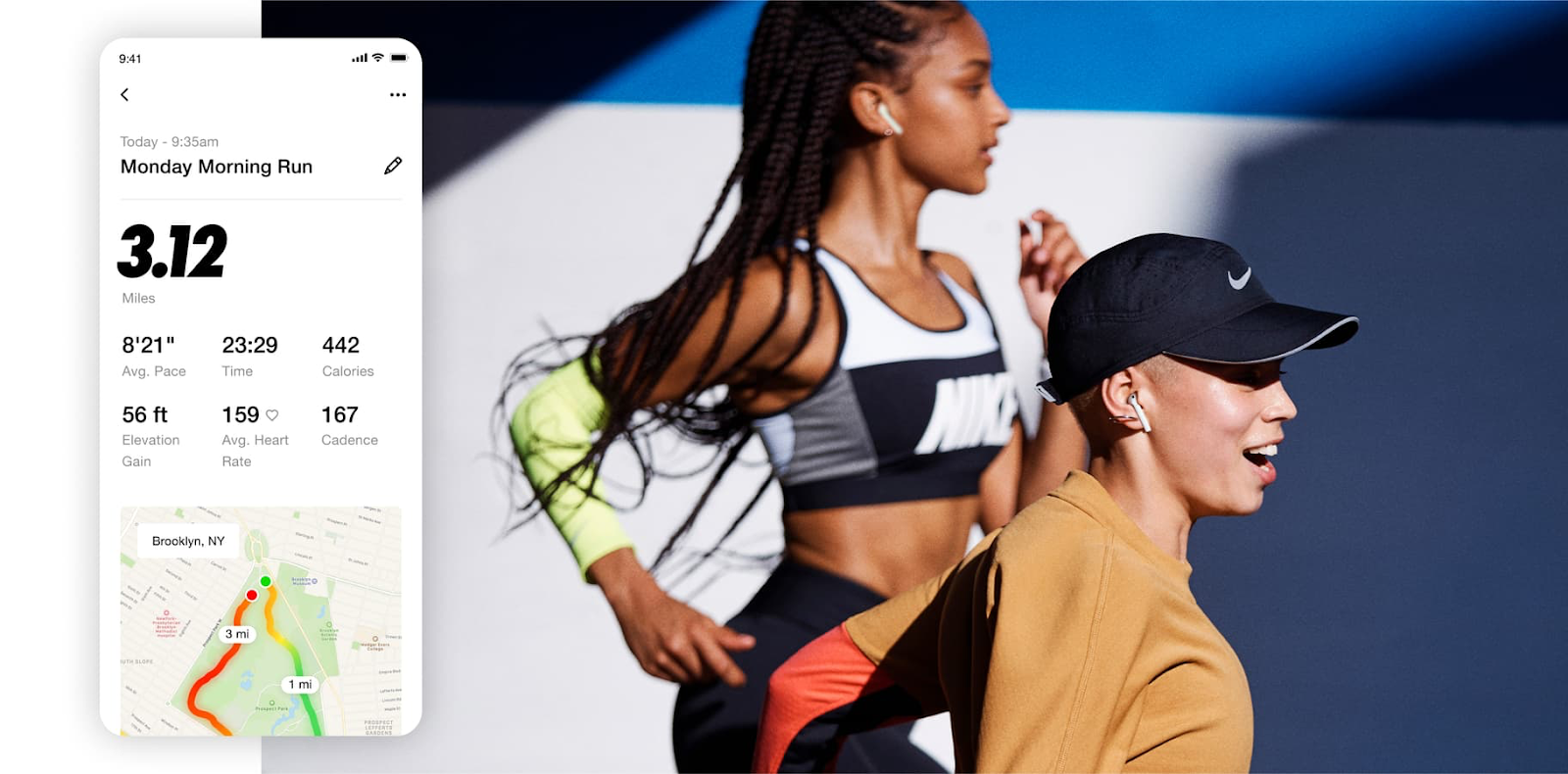
Nike achieved its vision for digital transformation with at least 30% of business coming from digital commerce in 2023 via omnichannel strategy.[*] Nike apps account for 250M users and real-time customer data is utilized by the company to enable quick product development and production decisions.[*]
Fashion: NA-KD’s Big ROI Wins
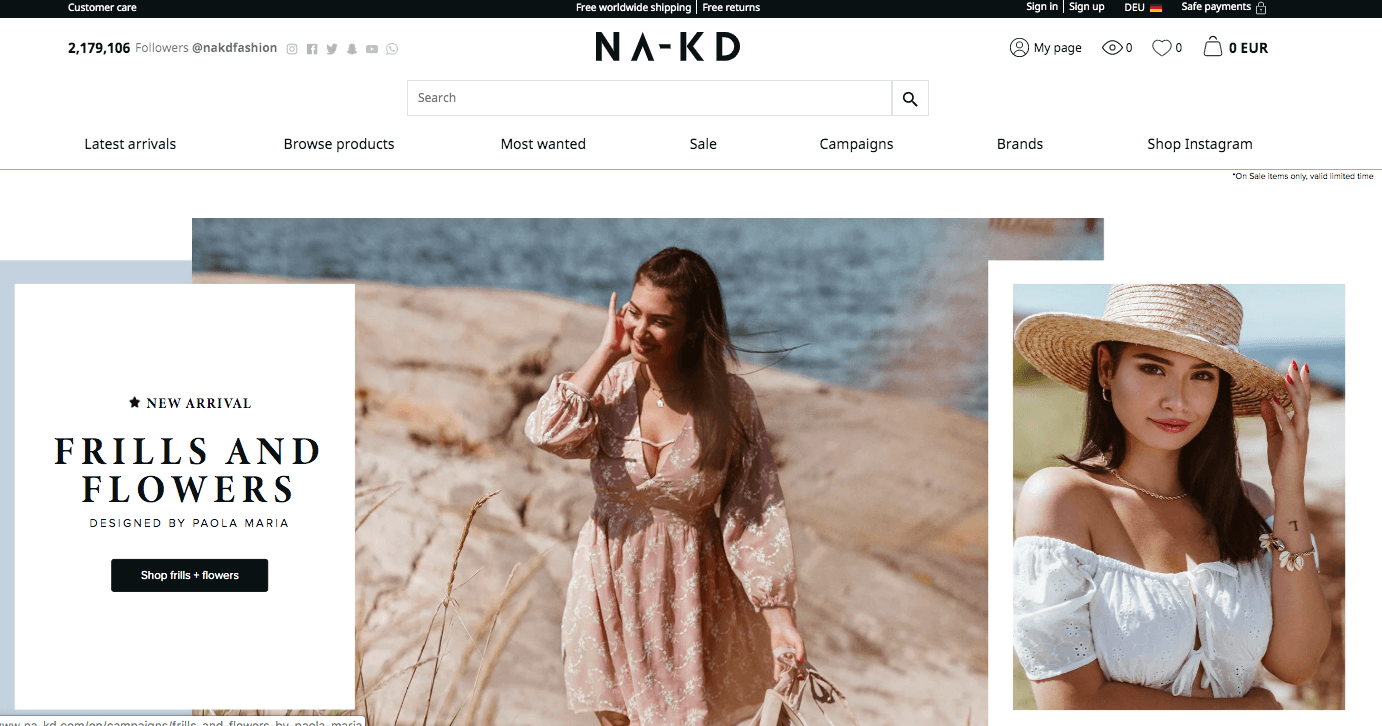
Swedish fashion retailer NA-KD achieved an impressive 72x return on investment from their omnichannel strategy while generating a 25% increase in customer lifetime value.[*] Their success centered on creating consistent brand experiences across social media, website, mobile app, and physical pop-up stores.
Banking: Modern Banking Apps Retain
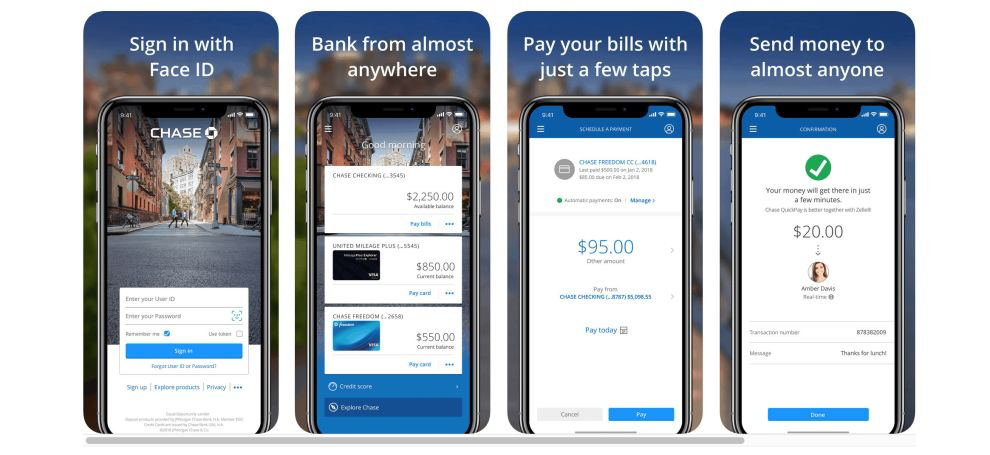
Leading banks report 20% increases in customer satisfaction and 30% higher customer retention when customers can seamlessly move between mobile apps, websites, call centers, and branch locations while maintaining complete context about their financial needs and previous interactions.[*]
Insurance: Needed Room for Improvement
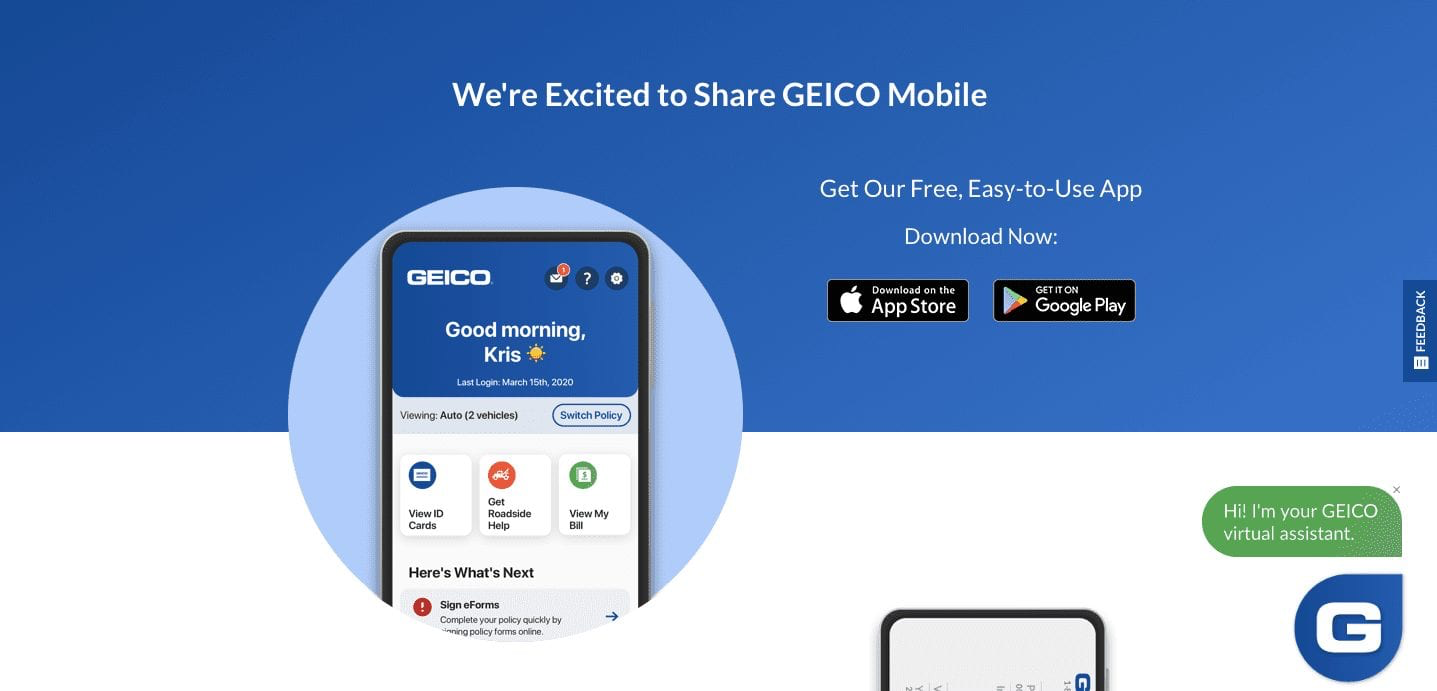
The insurance industry at large faces a set of issues adapting to omnichannel CX optimization as a quarter of insurance customers rating digital channels as satisfactory, but with potential for improvement through improvements in omnichannel execution. But firms that do deliver seamless experiences see improved customer retention.[*]
Your Omnichannel Roadmap Is Here
Omnichannel engagement has transcended from just one competitive advantage to an actual customer expectation. Businesses that do not deliver integrated experiences bleed out customers to hungry competitors who get that modern consumers don't think in channels.
Start your journey today with data unity and working to get the whole customer journey through mapping. You need to know where integration bridges the gaps and creates the most value. So start by focusing on 2 or 3 high-impact channels serving your most valuable customer segments, then expand systematically as you build operational expertise and technology capabilities.
FAQs
Retail, banking, insurance, healthcare, and telecommunications see the strongest returns due to their complex customer journeys and multiple natural touchpoints.
Customer defection to competitors offering better integrated experiences and lost revenue from friction in customer journeys that force customers to restart conversations when switching channels.
AI powers personalization engines that deliver relevant content across channels and chatbots that maintain conversation context when transferring between touchpoints.
Start with your highest-volume touchpoints, typically connecting website-to-email first, then adding mobile app integration before physical channel integration.